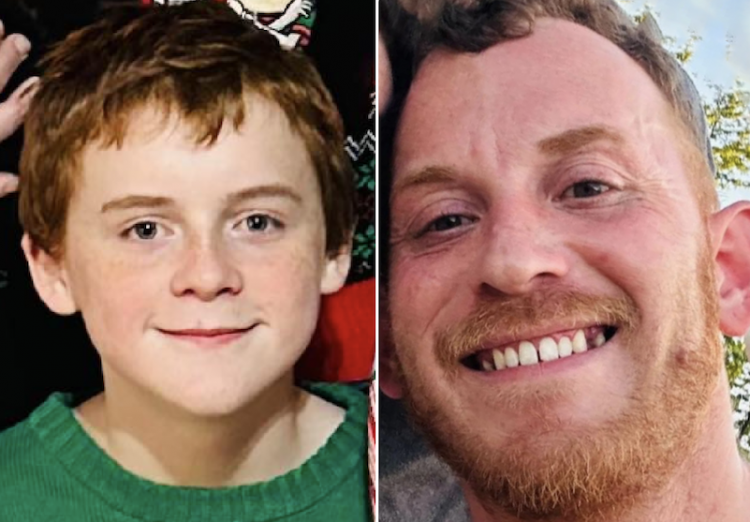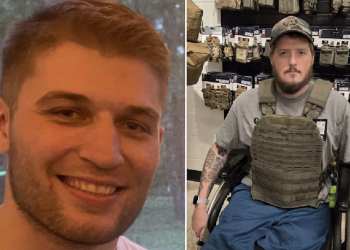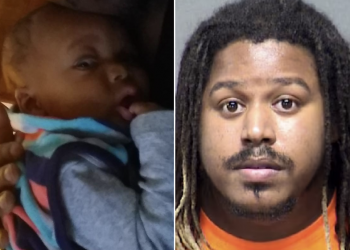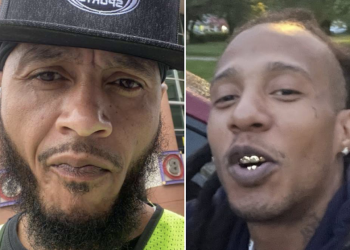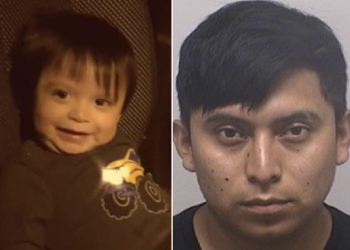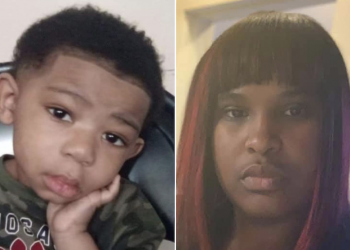Indiana – An Indiana man was sentenced to a total of one hundred and twenty years in prison after pleading guilty to two counts of murder in the deaths of his former spouse and their chiId. A judge imposed two consecutive sixty year terms as part of a negotiated plea agreement that ended the case against him. The defendant kiIIed both victims, then tried to conceal their bodies near the Illinois border.
The defendant’s, 36-year-old J. Pennick, guilty plea followed an investigation into the Oct. 2024 disappearance of 36-year-old S. JerreII and their chiId, CoIton, 14. Family members reported the pair missing after they were not heard from for several days, and concern grew when a social media post purportedly from the woman did not sound like her to relatives. Indiana authorities were alerted and a welfare check and missing-person inquiry began. Search efforts led investigators to an area, where search teams located shallow graves containing two bodies.
According to court records and statements reported by prosecutors, the defendant admitted to strangling both victims in Oct. last year, then transporting the bodies and burying them in the same shaIIow grave. Court documents quote the defendant as telling investigators, “I just put my hands around her neck and wouldn’t let go and buried them in the same grave,” a statement that prosecutors cited as part of the factual basis for his guilty pleas.
The investigation involved multiple investigative steps typical of missing-person and homicide inquiries. After both victims were reported missing, detectives reviewed digital records and social media activity, gathered information from family and acquaintances, and conducted searches of locations identified during the inquiry. Search teams, including units trained to detect human remains, were used. Indiana authorities recovered the bodies in shallow graves and subsequently worked with forensic and medical personnel to identify the victims and determine cause of death. Law enforcement also gathered a probable cause affidavit detailing additional investigative findings that supported the charges against the defendant.
Following his arrest, the defendant faced several charges beyond the two counts of murder. Prosecutors originally filed additional counts that included obstruction of justice, battery against a public safety official, false informing and resisting law enforcement. As part of the plea agreement he entered in July 2025, the defendant waived certain rights and pleaded guilty to the two murder counts; under the terms of that agreement, prosecutors dismissed the remaining charges. Court records reflect that the court accepted his pleas and entered judgments of conviction before scheduling sentencing.
According to prosecutors and contemporaneous reporting, the defendant left a written note for family members after the killings, and he placed a phone call to his father in which he indicated that “things went south and he can’t talk about it on the phone” and provided the general location of the bodies. Those communications factored into investigators’ efforts to locate the victims and corroborated other pieces of evidence gathered during the probe.
The case drew attention in the region because of the severity of the crimes and because of the way the investigation unfolded across county lines. After the bodies were located in the area, the defendant was later taken into custody. His decision to enter guilty pleas and accept the terms of the negotiated agreement removed the need for a prolonged trial; the state secured lengthy, consecutive sentences designed to ensure he remains incarcerated for the remainder of his life.

